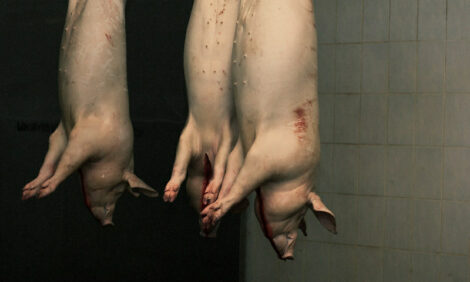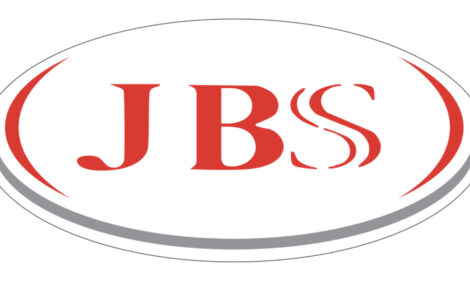Weekly Outlook: Tight Pork Industry
URBANA - Some further reduction in the breeding herd will likely be required to bring the pork industry back to profitability, said a Purdue University Extension marketing specialist.
|
Need a Product or service?
|
|
"The reduction in farrowing intentions for the spring 2004 quarter suggests the industry is moving in that direction," said Chris Hurt. "Producers must also watch feed ingredient costs. It is likely that the required soybean rationing has not yet occurred and that tight world stocks of corn could still mean higher prices.
"Many factors point to a period of tight world stocks of grains and soybeans and an era of higher and more volatile prices than during the 1998 to 2002 period. The hog industry may still have to reduce pork supplies to meet the reality of this higher cost structure."
Hurt's comments came as he reviewed the state of the pork industry. He began with supply prospects for 2004. The USDA's December Hogs and Pigs report indicated that the breeding herd is down 1 percent, but the market supply is up 2 percent. Producers intend to farrow 2 percent more sows this winter, but cut back by 1 percent in the spring.
"If so, production in 2004 will be nearly unchanged from the 2003 record of 19.8 billion pounds," said Hurt. "With population growth, this means that production per capita will drop about 1 percent and provide the foundation for a modest improvement in prices."
The issue of Mad Cow Disease in the United States will also be an influence on the industry in 2004. The exact outcome is uncertain, but "best estimates" can be made at this time, he noted.
"On the domestic front, expect to see retail beef prices drop by 10 to 12 percent," he said. "Lower beef prices will tend to result in some reduction in pork demand. However, these 'cross effects' are relatively small for today's consumer, so we anticipate only abut a 1 percent reduction in pork demand is anticipated to result from the lower beef prices."
The second component of Mad Cow Disease's impact on the United States is the loss of beef exports and the question of how much additional pork importers will buy from the United States. These estimates are much more difficult since there is not a historical precedent to draw upon. Japan, Mexico, and South Korea were the major buyers of U.S. beef in 2002, accounting for a remarkable two billion pounds of the 2.4 billion pounds of beef exports.
How much of this will come back to the United States in the form of additional pork exports is unclear.
"No one knows the answer, but the Japanese have an import safeguard which triggers when the volume of pork imports reaches a 19 percent increase compared to the average of the last three years," he said. "This may limit the increase in their pork imports to about 20 percent.
"South Korea has a fairly low-cost domestic pork production industry which will likely limit additional purchases of U.S. pork. Mexico will likely buy more U.S. pork, but is not as large a pork importer as Japan. Assuming that beef imports are restricted for six months, these positive pork demand impacts might reach 1 percent of U.S. production, although there remains considerable uncertainty."
Hurt believes the negative demand impacts from lower U.S. beef prices may be roughly offset by the positive impacts of the lost beef exports.
He noted that the issue of what happens with Mad Cow Disease in Canada and the potential opening of their beef export markets in 2004 is also important. After Canada's May 20th announcement, the flow of market hogs to the Unites States increased, representing an additional supply of about 1.5 percent of U.S. slaughter. This depressed U.S. prices by about $2 per live hundredweight.
"If Canadian beef exports resume sometime in 2004, beef prices will rise in Canada and fewer market hogs will be sent to the United States," he said. "The much stronger Canadian dollar will also help trim incentives for Canadians to send market hogs to the United States in 2004."
Hog prices are expected to rise by about $2 per live hundredweight in 2004, to an average of about $41. Prices are expected to move toward $40 by late winter and into the mid-$40s by late spring. Prices are expected to be in the lower-to-mid $40s in the summer and drop to an average in the very high $30s in the last quarter of the year.
"Unfortunately, hog producers may also have higher costs of production to deal with in 2004," Hurt said. "Using current futures prices, higher corn prices are expected to increase costs by about 20 cents per live hundredweight compared to 2003. Higher soybean meal prices are expected to increase costs an additional $1.20 per live hundredweight.
"Thus, overall costs may rise by about $1.50 with hog prices rising about $2 for the year. This would mean little improvement in the overall profitability for 2004. It is estimated that producers lost about $1 per live hundredweight in 2003 and that losses would be reduced to about 50 cents in 2004."
Source: ACES News - 5th January 2004
















